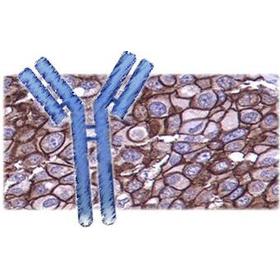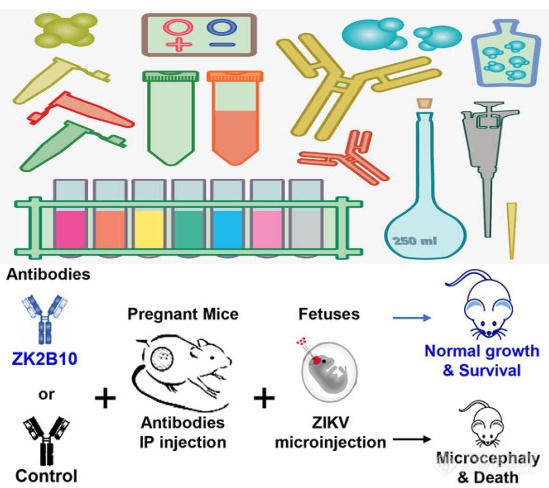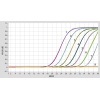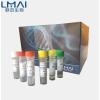
产品详情

丝裂原活化蛋白激酶8相互作用蛋白1抗体
英文名称 JIP1/MAPK8IP1
中文名称 丝裂原活化蛋白激酶8相互作用蛋白1抗体
别 名 C jun amino terminal kinase interacting protein 1; IB 1; IB1; Islet brain 1; JIP 1; JNK interacting protein 1; JNK MAP kinase scaffold protein 1; MAPK8IP 1; MAPK8IP1; Mitogen activated protein kinase 8 interacting protein 1; PRKM8 interacting protein; PRKM8IP; JIP1_HUMAN.
研究领域 肿瘤 信号转导 激酶和磷酸酶 细胞骨架
抗体来源 Rabbit
克隆类型 Polyclonal
交叉反应 Human, Mouse, Rat, Dog, Pig, Cow, Horse, Sheep,
产品应用 WB=1:500-2000 ELISA=1:500-1000 IHC-P=1:100-500 IHC-F=1:100-500 IF=1:100-500 (石蜡切片需做抗原修复)
not yet tested in other applications.
optimal dilutions/concentrations should be determined by the end user.
分 子 量 77kDa
细胞定位 细胞核 细胞浆 细胞膜 细胞外基质
性 状 Lyophilized or Liquid
浓 度 1mg/ml
免 疫 原 KLH conjugated synthetic peptide derived from human JIP1/MAPK8IP1:425-524/711
亚 型 IgG
纯化方法 affinity purified by Protein A
储 存 液 0.01M TBS(pH7.4) with 1% BSA, 0.03% Proclin300 and 50% Glycerol.
保存条件 Store at -20 °C for one year. Avoid repeated freeze/thaw cycles. The lyophilized antibody is stable at room temperature for at least one month and for greater than a year when kept at -20°C. When reconstituted in sterile pH 7.4 0.01M PBS or diluent of antibody the antibody is stable for at least two weeks at 2-4 °C.
PubMed PubMed
产品介绍 This gene encodes a regulator of the pancreatic beta-cell function. It is highly similar to JIP-1, a mouse protein known to be a regulator of c-Jun amino-terminal kinase (Mapk8). This protein has been shown to prevent MAPK8 mediated activation of transcription factors, and to decrease IL-1 beta and MAP kinase kinase 1 (MEKK1) induced apoptosis in pancreatic beta cells. This protein also functions as a DNA-binding transactivator of the glucose transporter GLUT2. RE1-silencing transcription factor (REST) is reported to repress the expression of this gene in insulin-secreting beta cells. This gene is found to be mutated in a type 2 diabetes family, and thus is thought to be a susceptibility gene for type 2 diabetes.




